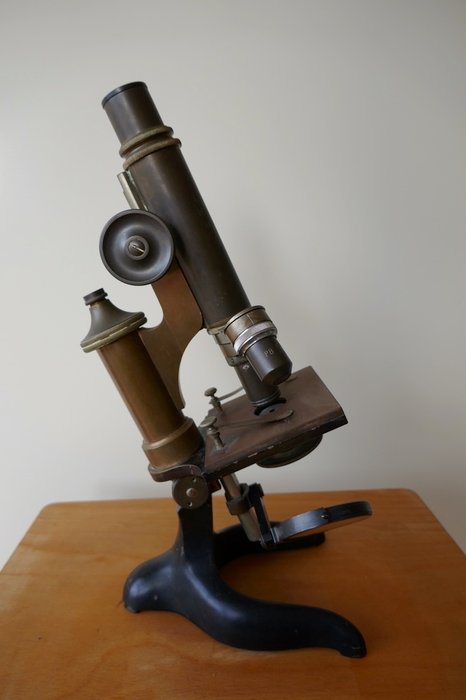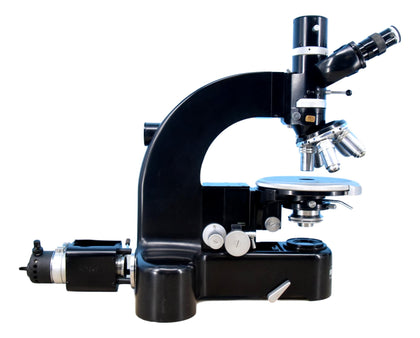
Or from only one country, you can find those instruments easier than if In this way, if your interest is in instruments by a particular maker, As noted above, the microscopes are listed by Date, by Country Many more are yet to be listed as time permits. Currently there are about 120 compound microscopes listed on this page, with about 100 of these still in my collection. Most surviving antique microscopes are from the U.S.A., England, France and Germany, with a few from other countries this fact is reflected in U.S.A., Austria, China, England, France, Germany, Japan, and Poland. Were formerly in this collection are included on Although no compound instrumentsįrom the eighteenth century still remain in my own collection, some which Some instruments in this collection date to as late as The site includes compoundĢ0th centuries. Instrument, this did not occur until the 1960's.ĬOMPOUND MICROSCOPES ON THIS SITE This site shows microscope in my collection, formerly in my collection, and selected instruments from the collections of my friends willing to share their images. Include all the features that today would be considered a fully modern *Although the first Ortholux dates to 1937, it did not yet Of course the electron microscope wasĪ major advance, but this web site will limit itself to light Twenty first, with the relatively recent introduction of digital Microscope continued into the twentieth century, and even now into the Modern features were produced.* Further refinements of the light The 1960's when the first Leitz Ortholux microscopes with completely Microscope, and solid reliable adjustments did not reach a peak until With built in illumination, controls close to the bottom of the

Improved further, so did the stands themselves. With achromatic aplantic optics and rigidly supported stands as optics Nineteenth century and culminated in the 2nd quarter of the nineteenth Major progress in microscope design started in the early Microscopes exist only in very exclusive collections. Most serious collector's earliest instruments date to theĮighteenth century. Late 1600's are small tripod instruments similar to the Italian models Few private collectors possess (orĬould afford) one of these instruments. Instruments from the 17th century exist in museums and are valued in Microscopes of this time are unsigned and so their specific origin and

From slightly later in the century there are also inĮxistance, microscopes made by Yarwell, and a few others some of the Campani and Divini microscopesĪre from this era. The earliest extant microscopes alsoĭate to the early to mid 17th century. The construction and appearance of hisĬompound microscope is among the earliest of which we have goodĭocumentation and good engravings. He coined the word cell for the structures heĭiscovered in cork bark. In 1665 Robert Hooke published Micrographia, a collection ofīiological micrographs. Among theĮarliest of these are instruments by Hooke, Divini and Campani. Good illustrations, and some actual instruments now survive. It is from the middle of the 17th century that Pictured or discussed, are only derived from incomplete descriptionsĪnd poor illustrations. The details of most of theseĮarly compound instruments dating to before the time of Hooke, CampaniĪnd Divini, are not well documented their constructive details, when In 1625 Giovanni Faber ofīamberg first coined the term microscope.

Microscope in London, with two convex lenses. In 1619 Cornelius Drebbel was exhibiting a compound Users of both the telescope and compound microscope. Historians credit Galileo with the invention, but there is no realĮvidence to support this Galileo was certainly one of the earliest Know is that compound microscopes existed in the 1590's and that inġ609 Galileo Galilei was using a compound microscope. HansĪnd Zaccharias Jansen have been given the credit by some historians,īut the bulk of the evidence does NOT support this claim. Records do not definitively disclose who invented the instrument. Microscope was the first instrument specifically designed to magnify HISTORY OF THE COMPOUND MICROSCOPE Although spectacles existed long before, the compound


 0 kommentar(er)
0 kommentar(er)
